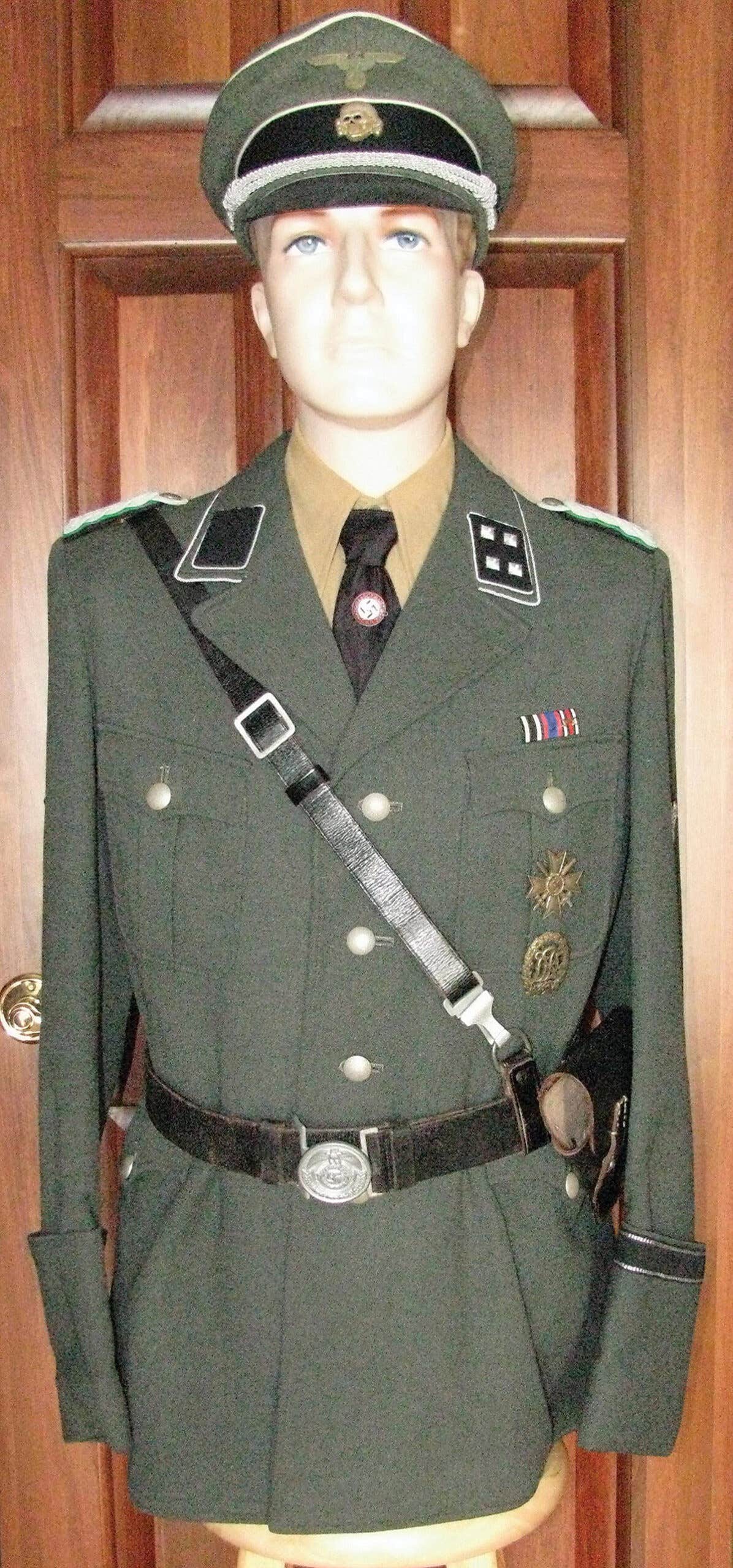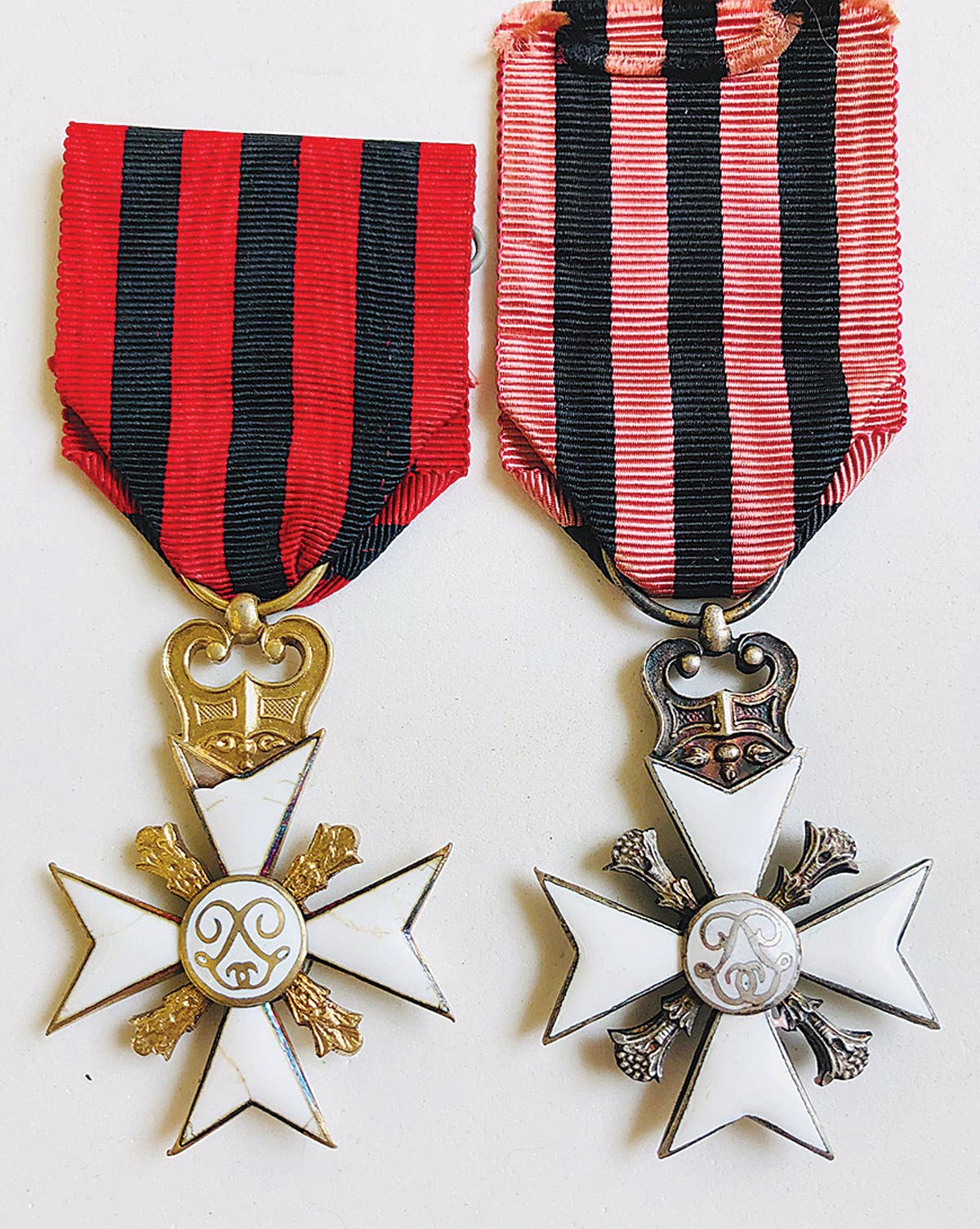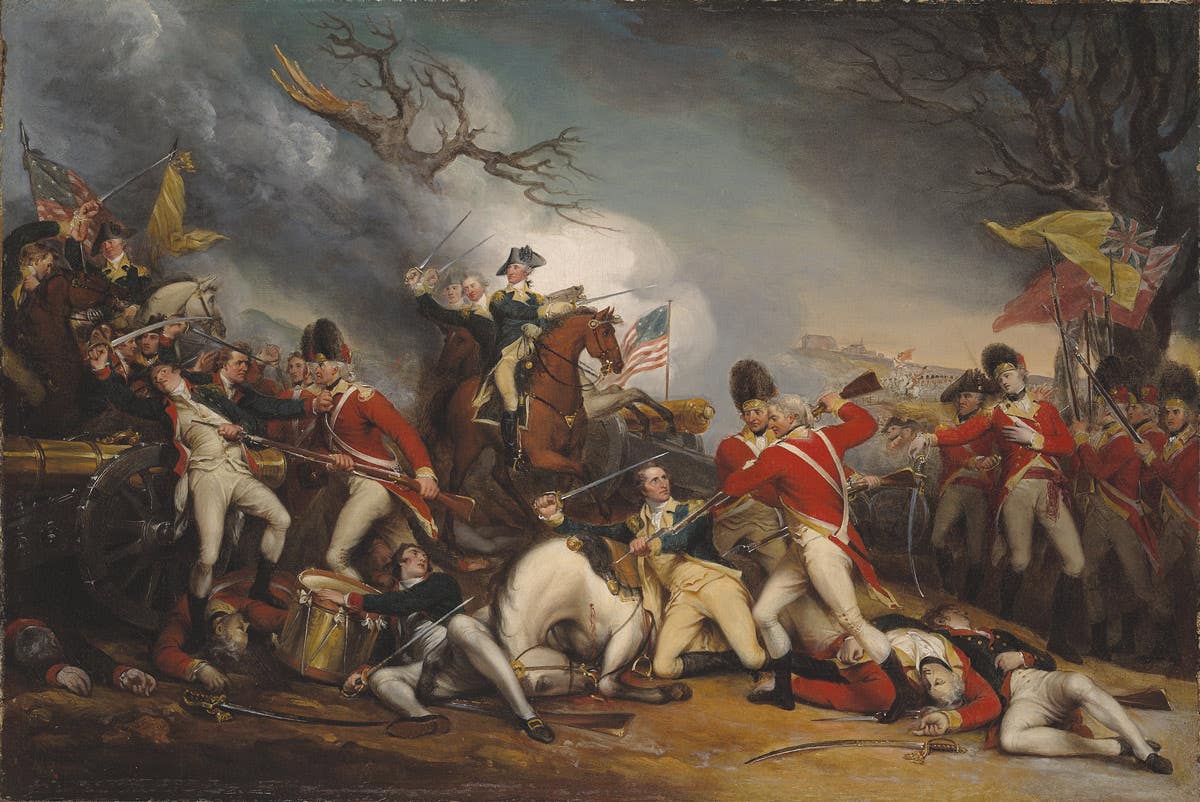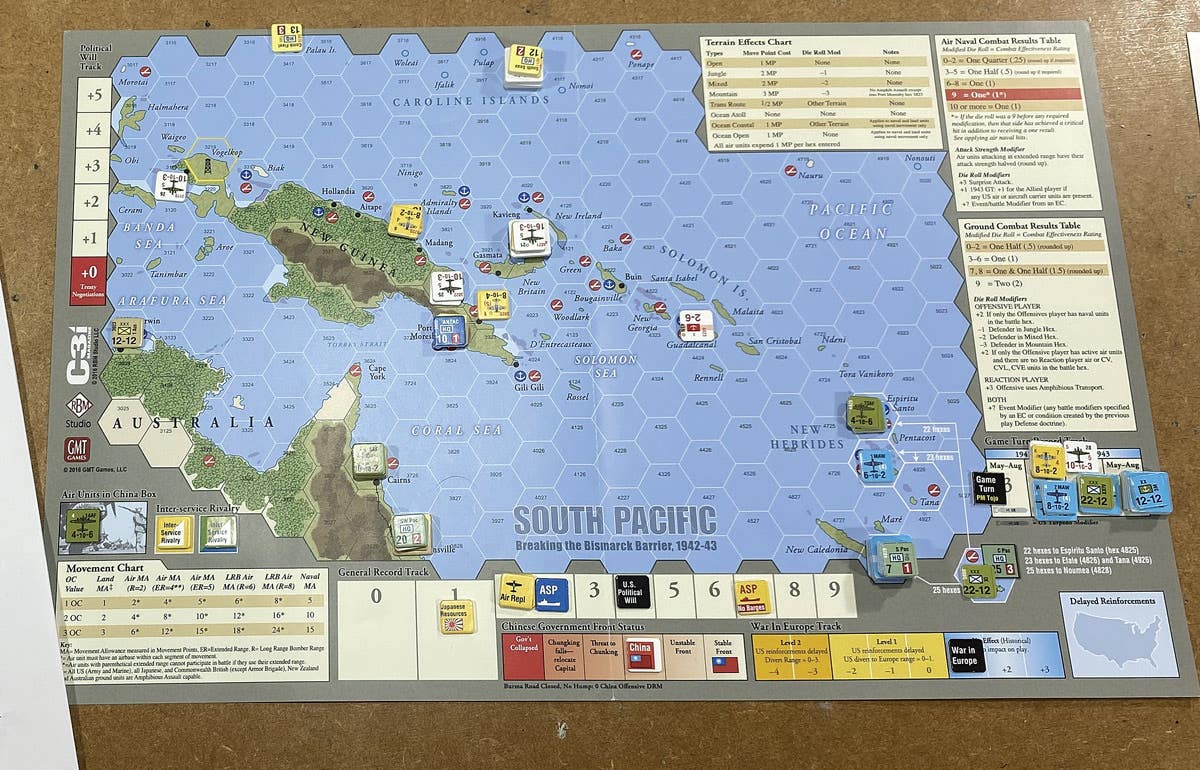They lit up the night: Military “Very Pistols”
Antique firearm collecting with a special “flare”
Fireworks used as rudimentary signals flashed across the skies of China as early as the 10th century A.D. as the world’s armies and navies grew in size and complexity over time, consistent, long distant signaling became crucial for communications and combat coordination.
In 1859, Martha Coston was a young widow of Benjamin Coston, a driven inventor who was once head of the U.S. Navy’s scientific laboratory and later president of the Boston Gas Company. The mother of four young children was granted a U.S. patent for her flare signaling pyrotechnics.
Called the “Coston system,” it used white, red and green flares which, when set off or flashed in a coded/keyed series, could be used to communicate ship to ship, or ship to shore. The Coston flare systems were used extensively by the U.S. Navy during the American Civil War, continuing in use for peacetime work after the hostilities had ceased.
In the 1870s, Martha Coston’s son, Henry, invented a breech loading pistol capable of shooting flares more rapidly and to a greater height then had been attained by his mother’s device. Before securing a full patent for his new invention, Henry, an active USMC captain, was transferred away from his home base to fulfill his military duties.
Soon after, Naval Lieutenant Edward Very invented an improved flare cartridge for which he was assigned a U.S. patent in 1877. He was denied a patent for his accompanying flare pistol design, however.
When Henry Coston returned home that same year when Very was denied the patent. he received the final patent rights for his own flare pistol (though he registered it in his mother’s name). Despite this, when the new Coston flare signal devices were manufactured, the military and public referred to them as “Very pistols”(mainly due to Very’s flare cartridges being used).
Within a few years, the U.S. Navy, British Navy, and many other armed forces around the world adopted the Very pistol and its successors for use in communications, signaling, and nighttime battlefield illumination.
A WIDE RANGE OF FlARE PISTOL DESIGNS
Over time, multiple manufacturers produced flare pistols in a vast array of designs using a wide variety of materials. During WWI, the long German Hebel models, flange-barreled British Webley and Scott pistols, and an assortment of French devices signaled troop movements and lit the darkness over “no man’s land.” Early biplane pilots used flares to communicate with their fellow aviators, ground crews, or signal for rescue since planes of the time were not equipped with radios.
During the WWII, radio communications had replaced some of the commutative uses of flare pistols, though many were still used when radios were not available or had been disabled. As in the Great War, night field illumination with flares was still prevalent, as was signaling by downed airman, or by sailors waiting rescue after the loss of their ship. Many US aircraft carried model M8 pistols which could be locked with barrel lugs into an exterior fuselage port. These could be fired to signal the waiting ground crews that the aircraft had incoming wounded on board, was having mechanical problems, or to alert friendly antiaircraft emplacements not to fire at them.
The barrel of a military-issued flare pistol was constructed of steel, brass, or aluminum (in various lengths). The frames were usually made of steel, brass, zinc, or aluminum. Grips were made of wood, plastic (Bakelite), or metal. Models were made with or without trigger guards, while many had lanyard rings mounted on the grip base.
An interesting variation of the standard German flare gun of WWII was the “Kampfpistole Z.” It was a pistol with a rifled barrel developed to fire either flares or high explosive anti-tank grenades.
Another variant in the Nazi arsenal was the twin-barreled “L” model Luftwaffe flare pistol. This heavy device had a selector switch on the rear enabling the firer to release the left, right, or both barrels with the pull of the single trigger.
Japanese flare guns also came in unusual configurations. They can be found with one, two, or even barrels stacked on the frame.
Though many flare guns were not stored in holsters when used on board Navy ships, in armored vehicles, or in aircraft, most infantry units carried their flare pistols in leather or canvas holsters secured with over-the-shoulder straps. German leather holsters of early WWII gave way to ersatz (substitute) models made from pressed paper with leather closure flaps and retaining straps.
The Japanese used a well-made and elegant leather holster for their standard flare pistols that contained an interior pocket meant for a disassembly and cleaning tool. British and American holsters were mainly manufactured from the same durable canvas material as was used in their field web gear. Flare cartridges were often carried in sealed Bakelite containers or in plain cardboard boxes labeled on the outside with the type and color of the contents.
Post-WWII flare guns of various countries saw minor changes with limited new models being introduced (mostly by the Eastern Bloc countries of Europe). Manufacturers began using more composite materials to lessen manufacturing time, costs incurred, and field weight.
Today, with the increased ease of communications, “Very” pistols play a less significant role in modern warfare. Even so, flares and flare guns are still when regular equipment fails. An idea arduously developed by Martha Coston almost 160 years ago is still a valuable part of both military and emergency equipment used across the globe.
You may also enjoy
*As an Amazon Associate, Military Trader / Military Vehicles earns from qualifying purchases.
Chris William has been a long-time member of the collecting community, contributor to Military Trader, and author of the book, Third Reich Collectibles: Identification and Price Guide.
"I love to learn new facts about the world wars, and have had the good fortune to know many veterans and collectors over the years."
"Please keep their history alive to pass on to future generations".







